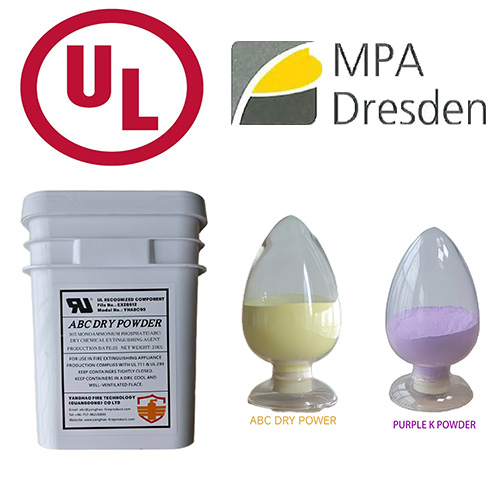Winter Freeze Protection: Using Dry Chemical Fire Extinguishers in Low-Temperature Environments
1. Introduction
When winter arrives, businesses and households in cold regions face unique challenges in fire protection. A dry chemical fire extinguisher is an essential safety tool, but its performance can be affected by freezing conditions. Without proper fire safety maintenance, the reliability of extinguishers may decline, leaving facilities vulnerable in emergencies.
This article provides a comprehensive guide to the use of ABC powder extinguishers in cold climates. We will explore the science behind their low temperature performance, discuss common risks, and share practical steps for winter maintenance.
2. Why Low Temperature Performance Matters
A dry chemical fire extinguisher relies on pressure and the free flow of ABC powder to control flames. In freezing weather:
Pressure reduction occurs, lowering discharge efficiency.
Powder caking may develop if humidity enters the cylinder.
Valve and hose freezing can obstruct discharge.
Poor low temperature performance undermines the unit’s reliability. Therefore, proactive fire safety maintenance is essential to maintain strong fire protection throughout winter.
3. Common Problems in Cold Climates
Frozen Nozzles
Moisture can freeze inside the discharge pipe, blocking the dry chemical fire extinguisher.Reduced Pressure
As temperature drops, cylinder pressure decreases, affecting low temperature performance and discharge distance.Powder Compaction
Improper storage allows ABC powder to absorb moisture, causing clumping. This disrupts fire safety maintenance and may prevent smooth flow.
Seal Damage
Rubber seals and O-rings become brittle in extreme cold, risking leaks that compromise fire protection.
4. Best Practices for Winter Fire Safety Maintenance
To ensure effective operation of dry chemical fire extinguishers during winter, follow these steps:
Indoor Storage: Keep extinguishers in heated or insulated areas when possible.
Regular Inspections: Check pressure gauges weekly for signs of reduced low temperature performance.
Powder Agitation: Gently shake units every few months to keep ABC powder loose and free-flowing.
Seal Checks: Inspect valves, hoses, and seals during scheduled fire safety maintenance.
Professional Servicing: Certified providers can test and recharge extinguishers under fire protection standards.
5. ABC Powder in Cold Environments
The ABC powder inside extinguishers is chemically stable even in extreme cold. However, the issue lies in mechanical flow. Proper fire safety maintenance ensures the powder remains effective, preventing clogs that would reduce low temperature performance.
Buyers should always confirm that extinguishers use high-purity ABC powder and comply with international fire protection standards for cold-region use.
6. International Fire Protection Standards
Regulations in various markets emphasize winter readiness:
NFPA (USA): Requires monthly inspections and proper storage above freezing.
EN3 (Europe): Extinguishers must pass low temperature performance tests for outdoor installations.
Asia-Pacific: Many countries require compliance with both local and international fire safety maintenance standards.
By following these standards, businesses ensure reliable fire protection throughout the winter season.
7. Conclusion
In freezing climates, a dry chemical fire extinguisher remains one of the most effective tools for Class A, B, and C fires—if properly maintained. The low temperature performance of the unit depends not only on its design but also on correct fire safety maintenance.
By selecting extinguishers filled with certified ABC powder, storing them properly, and following inspection routines, companies and homeowners can guarantee dependable fire protection even in the harshest winters.
Remember: prevention and preparedness are the keys to safety. A well-maintained extinguisher is your strongest ally against winter fire risks.


